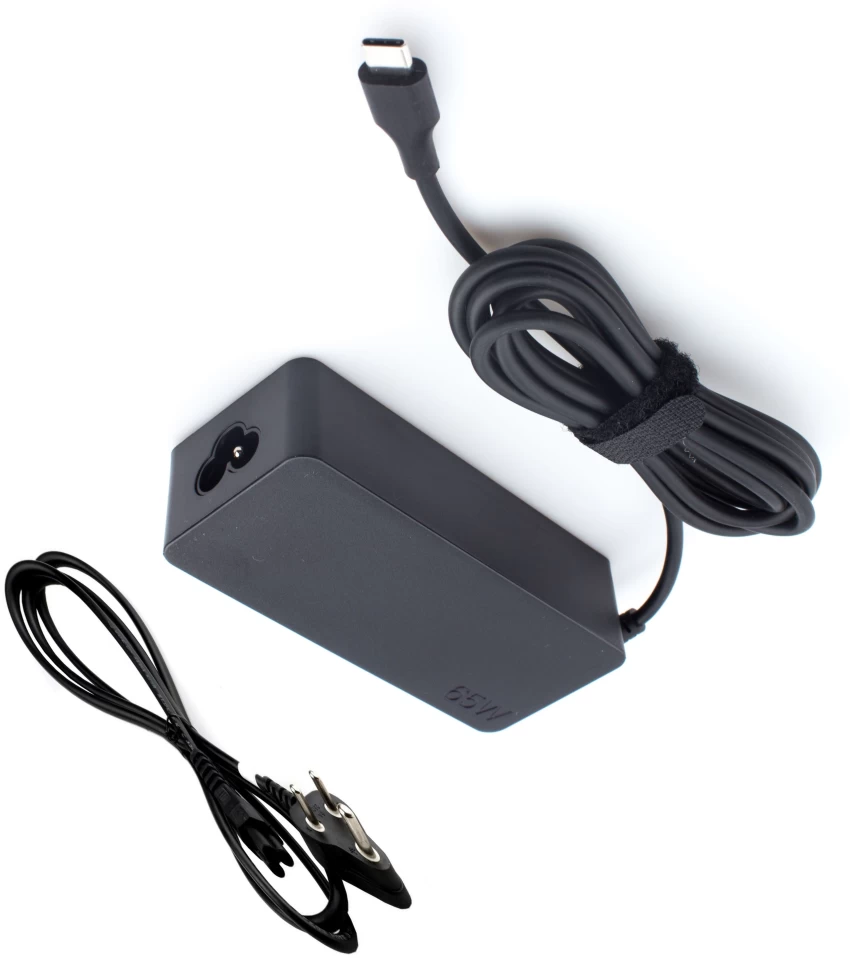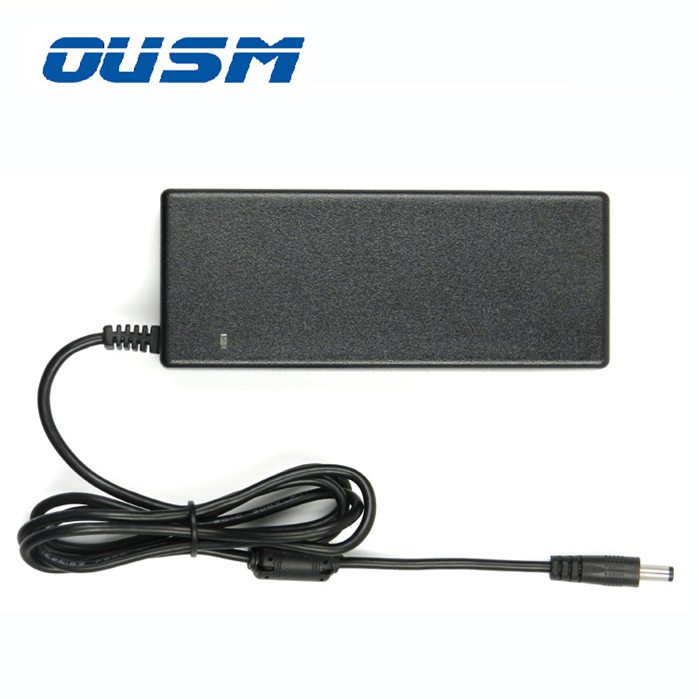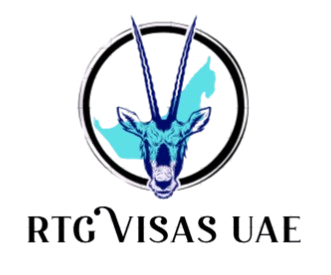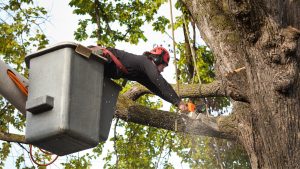
AI-Generated Power Needs: Why OUSM’s Custom Adapters Are Winning Over Tech Startups
The AI Gold Rush’s Hidden Power Crisis
In a San Francisco garage-turned-lab, a team of AI researchers is training a neural network to predict wildfire patterns. Their algorithm could save lives, but there’s a problem: every 12 hours, their rig crashes. The culprit? An overheating power adapter that can’t handle the GPU’s erratic energy spikes.

This isn’t an isolated drama—it’s the reality for thousands of AI startups racing to innovate. As artificial intelligence evolves, so do its power demands. Generic AC/DC adapters, built for predictable loads, are failing to keep up with AI’s voracious and unpredictable energy appetite. Enter Oushangmei (OUSM), an ac adapter manufacturer whose bespoke solutions are becoming the secret weapon for startups battling the AI power crunch.
Why AI Hardware is a Power Hungry Beast
AI’s computational hunger is well-documented, but few talk about the physical infrastructure enabling it. Training complex models like GPT-4 or Stable Diffusion requires:
Bursty Workloads: GPUs and TPUs draw power in sudden, irregular surges (e.g., 150W to 600W in milliseconds).
24/7 Operations: Continuous training cycles strain adapters never designed for non-stop use.
Thermal Chaos: Heat from processors can warp adapter components, causing voltage drops.
A 2023 MIT study found that 68% of AI hardware failures trace back to power supply issues. “It’s like feeding a marathon runner through a coffee straw,” says AI startup founder Lena Park. “Your model’s potential is capped by your adapter’s limitations.”
Off-the-Shelf Adapters vs. AI’s Demands – A Mismatch
Most mass-produced adapters prioritize cost over customization, leading to critical gaps in AI environments;
Fixed Voltage: Can’t adapt to sudden power spikes, causing crashes or data corruption.
One-Size-Fits-All Cooling: Passive cooling fails under sustained high loads.
Noise Sensitivity: Cheap adapters emit electromagnetic interference (EMI), disrupting sensitive AI sensors.
OUSM’s engineers noticed startups jury-rigging solutions—daisy-chaining adapters, jury-rigging fans—and saw an opportunity. “Startups don’t need cheap adapters,” says OUSM CTO Dr. Raj Patel. “They need adapters as dynamic as their algorithms.”
OUSM’s Bespoke Adapters – How Customization Wins
OUSM’s AI-OPTIM Series is built from the silicon up for AI’s unique demands. Here’s how they’re rewriting the rules:
1. Adaptive Voltage Scaling (AVS)
Tech: Machine learning algorithms predict power surges and adjust voltage preemptively.
Case Study: For robotics startup NeuraBotics, AVS reduced GPU crash rates by 90% during real-time object recognition tasks.
- Modular Design
Flexibility: Startups can swap components (e.g., cooling fans, EMI shields) as needs evolve.
Cost Saver: Avoids replacing entire units when upgrading hardware.
3. Liquid-Cooled Housings
Innovation: Microfluidic channels borrowed from supercomputers dissipate heat 3x faster than air-cooled rivals.
Real-World Test: Kept a generative AI farm in Singapore stable during a 45°C heatwave.
4. EMI-Free Certification
Precision: Shielding ensures adapters don’t interfere with lidar, IoT sensors, or neural accelerators.
Client Win: Autonomous drone maker SkyMind credits OUSM’s adapters for reducing navigation errors by 40%.
The Startup That Could – A Custom Adapter Success Story
In 2022, medical AI startup DeepCell hit a wall. Their cancer-detection model required 20-hour training runs, but their adapters failed every 8 hours, corrupting terabytes of data.
OUSM’s team reverse-engineered DeepCell’s workload patterns, creating an adapter with:
Pulsed Power Mode: Delivers 1000W bursts during peak training, then idles at 100W.
Self-Diagnostic Logs: Alerts engineers to wear-and-tear before failures.
Result: DeepCell reduced downtime by 70% and secured $20M in Series B funding. “OUSM didn’t sell us a product—they sold us a lifeline,” says DeepCell CEO Amir Khosrowshahi.
Beyond Startups – The Ripple Effect of AI-Optimized Power
OUSM’s work with startups is reshaping broader industries:
Smart Factories: Custom adapters enable real-time AI quality control on assembly lines.
Agriculture Tech: Drought-predicting AI models run reliably in off-grid solar farms.
Edge Computing: Ruggedized adapters power AI analytics in oil rigs and wind turbines.
“AI isn’t just software anymore—it’s hardware, infrastructure, power,” says OUSM CEO Zhang Wei. “We’re building the veins that let AI’s heart beat.”
Sustainability Meets AI – The Green Angle
AI’s carbon footprint is under fire, but OUSM’s adapters help startups shrink it:
Efficiency Gains: Precision power delivery cuts energy waste by up to 35%.
Recyclable Designs: Aluminum housings and modular parts reduce e-waste.
Partnerships: Collaborating with Google’s Carbon Neutral AI Initiative to certify low-impact adapters.
Conclusion: The Quiet Revolution in AI’s Backbone
While headlines obsess over AI’s algorithms, the real innovation is happening in the unglamorous world of power adapters. By treating energy delivery as an engineering puzzle rather than an afterthought, OUSM is empowering startups to focus on what they do best: pushing AI’s boundaries.
Next time you marvel at an AI breakthrough, remember—behind every line of code, there’s an OUSM ac adapter humming in the shadows, making genius possible.


